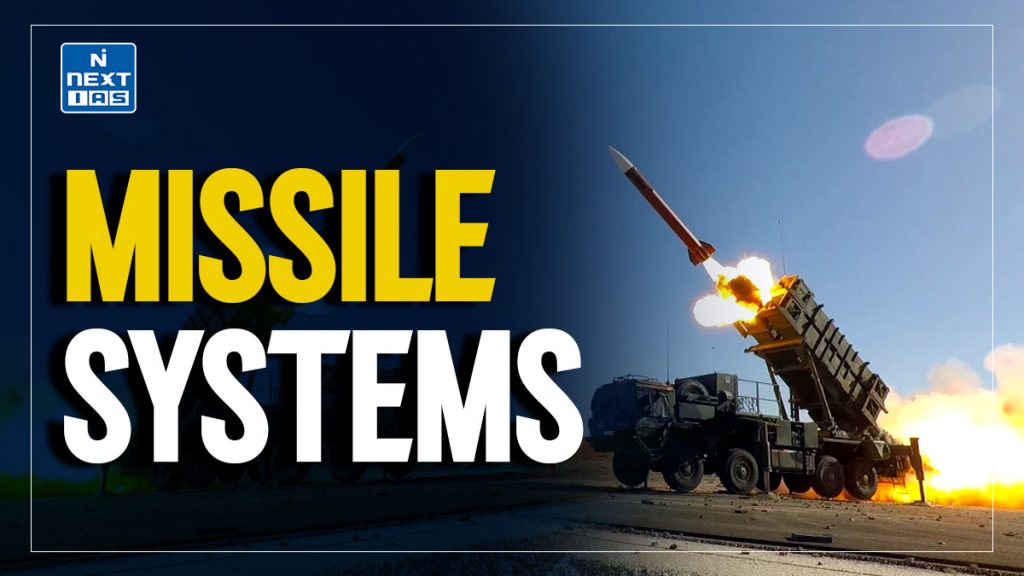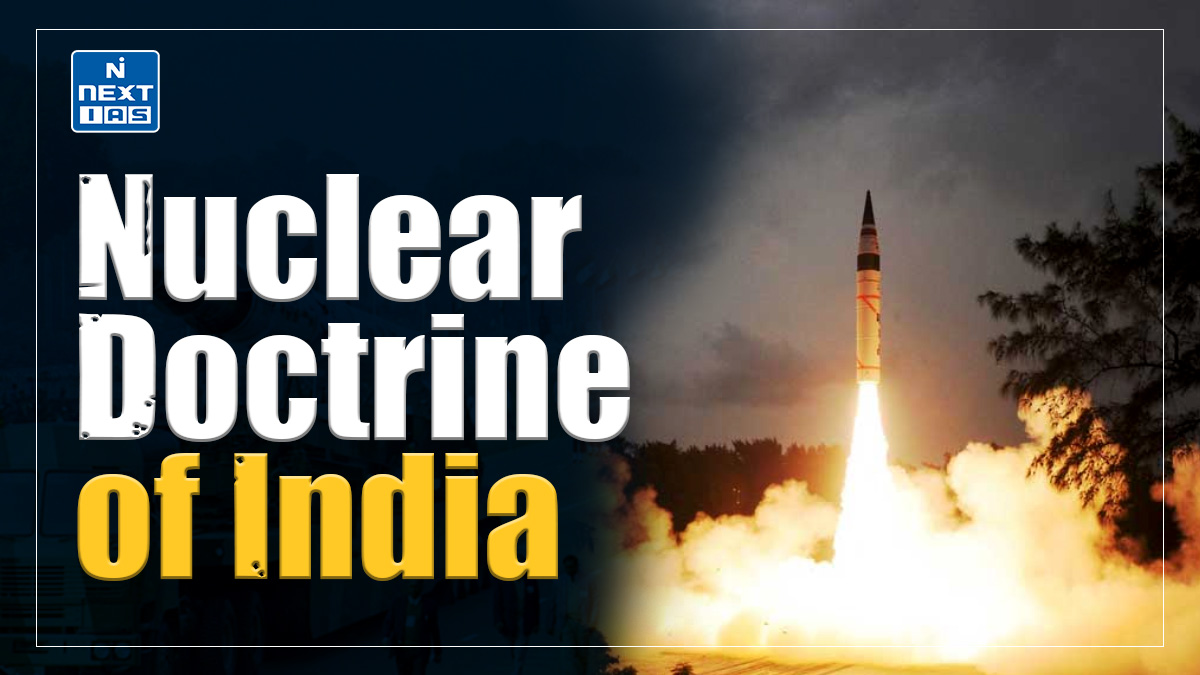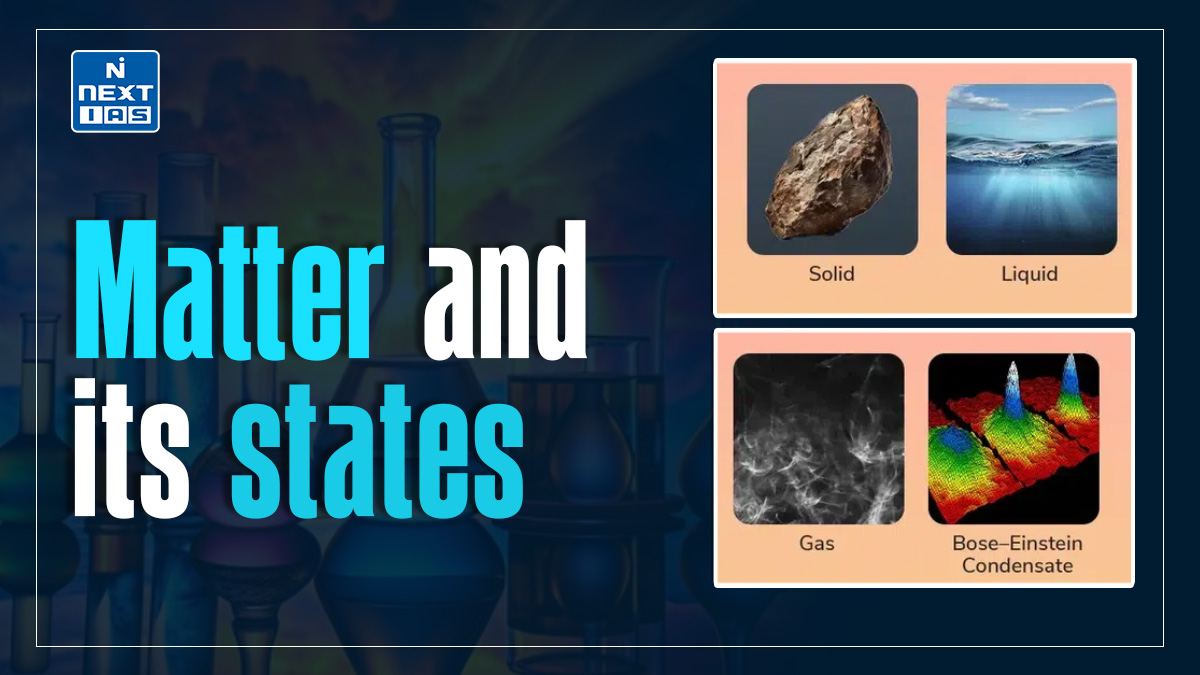
Missile systems are advanced weaponry designed for precision-targeted strikes, utilizing propulsion, guidance, and control systems to hit specific targets. Comprising various types like ballistic and cruise missiles, they play a crucial role in modern defense, enhancing a nation’s strategic capabilities for both deterrence and protection against potential threats.
What is a Missile System?
A missile system is an advanced weapon platform engineered to deliver explosive payloads with high accuracy over varying distances. These systems are integral to modern defense, designed for strategic or tactical operations. They consist of multiple core components, including:
- Propulsion System: Powers the missile, allowing it to travel towards its target. Solid, liquid, and hybrid rocket fuels are commonly used.
- Guidance System: Directs the missile along a specific trajectory. Various methods include GPS, laser guidance, radar, and inertial navigation, which help maintain accuracy.
- Control System: Manages the missile’s stability and trajectory adjustments. This involves fins, thrusters, or control surfaces that make real-time corrections based on feedback from the guidance system.
- Warhead: The missile’s payload, often carrying explosives or specialized agents, designed to neutralize the intended target. Warheads vary based on mission goals, such as conventional, nuclear, or cluster warheads.
- Targeting System: Determines the target’s location and coordinates the missile’s approach, using onboard sensors and external intelligence.
Types of Missiles
Missiles are broadly classified into:
- Ballistic Missiles: Launched into a high arc and re-entering the atmosphere to strike distant targets. Ranges vary from short to intercontinental (ICBM).
- Cruise Missiles: Low-altitude missiles that maintain a constant flight path to evade radar, often used for precise strikes.
Key Missile Applications
Missiles are employed for a range of military and defense purposes:
- Defense and Deterrence: Establish strategic defense systems to deter potential threats.
- Offensive Operations: Used in targeted strikes, from close-range combat to long-range intercontinental warfare.
- Anti-Air and Anti-Ship Operations: Designed to target aircraft, ships, or other missiles.
Advancements and Global Importance
Missile technology continues to evolve, with modern advancements focusing on hypersonic speeds, stealth, and enhanced targeting precision. These developments make missile systems critical assets for national security, offering strategic advantage and deterring aggression.
Advancements in Missile Technology
- Hypersonic Missiles: One of the most significant advancements is the development of hypersonic missiles, which travel at speeds greater than Mach 5 (five times the speed of sound). These missiles are capable of evading current missile defense systems due to their speed and maneuverability, making them a crucial element of modern warfare.
- Stealth Technology: Stealth capabilities allow missiles to reduce their radar signature, making them harder to detect and intercept. This is particularly important for cruise missiles and air-launched missiles, as they can penetrate advanced defense systems more effectively.
- Advanced Guidance and Navigation: Missile systems have seen significant improvements in guidance accuracy. Precision-guided missiles now rely on multiple tracking systems, including GPS, infrared, radar, and optical sensors. These systems ensure that missiles can strike their targets with high accuracy, minimizing collateral damage and increasing mission success rates.
- Autonomous Systems: Emerging artificial intelligence (AI) and machine learning technologies enable missiles to make real-time decisions based on data received during flight. These advancements allow for more precise targeting and the ability to adapt to changing conditions during flight, enhancing their effectiveness in unpredictable environments.
- Multiple Warhead Systems: Some modern missiles are equipped with multiple warheads, which can strike different targets simultaneously or sequentially. This increases the missile’s overall strike capability and complicates interception efforts by enemy defense systems.
- Countermeasure Resistance: Advancements in missile defense countermeasures, such as anti-jamming and anti-spoofing technology, make it more difficult for adversaries to disrupt missile guidance systems, ensuring missile reliability even in contested environments.
Global Importance of Missile Systems
- Strategic Deterrence: Missile systems, especially nuclear and intercontinental ballistic missiles (ICBMs), are central to the concept of deterrence. They serve as a formidable threat to potential adversaries, particularly in nuclear-armed nations. The mere possession of these weapons can prevent conflicts by ensuring the possibility of massive retaliation.
- Global Security Dynamics: The development and deployment of missile systems significantly influence global power dynamics. Nations with advanced missile capabilities can assert dominance in regional and global affairs. Missile systems also shape military alliances, as nations with missile defense and offensive capabilities often seek to align with other powers to bolster their security.
- Non-Proliferation Challenges: The global spread of missile technology is a challenge for international security. Efforts like the Missile Technology Control Regime (MTCR) aim to prevent the proliferation of missile technology, particularly to rogue states or non-state actors. Missile systems have a dual-use nature, meaning they can be used for both military and civilian applications, making international regulation critical.
- Regional Arms Races: The possession and development of advanced missile systems often lead to regional arms races. Countries in regions with high geopolitical tensions, like South Asia (India and Pakistan) or East Asia (North Korea and its neighbors), heavily invest in missile technology to gain a strategic edge over their rivals.
- Missile Defense Systems: The importance of missile defense systems is closely tied to advancements in missile technologies. Countries invest in defense systems like the U.S. THAAD (Terminal High Altitude Area Defense) and Israel’s Iron Dome to intercept and neutralize incoming threats. These defense systems are crucial in maintaining national security, particularly in missile-rich regions.
- Impact on Warfare: The role of missile systems in modern warfare is indispensable. They allow nations to engage in high-precision strikes against both military and strategic infrastructure without requiring large-scale ground troops or air missions. This capability significantly changes the nature of combat, where missile strikes can disable critical infrastructure, command centers, and military assets with minimal risk to personnel.
Way Forward for Missile Systems
As missile technology continues to evolve, the future of missile systems will be shaped by innovations in technology, defense strategies, and international security dynamics. The way forward for missile systems includes several key developments:
- Development of Hypersonic Missiles: The pursuit of hypersonic weapons will remain a top priority. Hypersonic missiles, capable of traveling at speeds greater than Mach 5, are poised to revolutionize warfare due to their ability to evade existing missile defense systems. Nations will continue to invest in research and development to make hypersonic missiles faster, more accurate, and harder to intercept.
- Increased Integration with Artificial Intelligence (AI): The integration of AI and machine learning will further enhance the capabilities of missile systems. AI can improve guidance and decision-making by enabling missiles to adjust in real-time based on battlefield conditions. This includes better target recognition, navigation, and the ability to adapt to countermeasures, allowing missiles to operate autonomously in complex environments.
- Advancement in Anti-Missile Defense Systems: As missile systems advance, so too will the defense systems designed to counter them. Future missile defense technologies will focus on improving the ability to intercept and neutralize hypersonic and maneuverable missiles. Advances in directed energy weapons (such as lasers), electromagnetic railguns, and improved interceptor missiles will form the backbone of next-generation missile defense strategies.
- Miniaturization and Cost Reduction: As missile technology progresses, there will be a push toward making missiles smaller, lighter, and more cost-effective while maintaining or enhancing their destructive capabilities. This miniaturization will make it easier for nations to develop a broader range of missile systems, and for private companies to enter the missile manufacturing sector, increasing global missile production and access.
- Cybersecurity and Countermeasures: The increasing reliance on sophisticated guidance and control systems makes missile systems vulnerable to cyberattacks. Ensuring the cybersecurity of missile systems will be a crucial focus moving forward. This includes developing robust encryption techniques, counter-jamming capabilities, and anti-spoofing technologies to safeguard missile systems from adversarial disruption.
- Space-Based Missile Defense and Offensive Systems: With the growth of space-based technologies, missile systems will increasingly be launched or intercepted from space. Space-based missile defense systems are being developed to detect, track, and destroy incoming missiles during their boost phase, while satellite-guided missiles will provide greater accuracy and targeting flexibility. The militarization of space is likely to see an increase in both offensive and defensive missile capabilities.
- Autonomous Swarming Missiles: Advances in swarm technology, where numerous small, autonomous missiles work together to overwhelm targets or defenses, will significantly alter missile strategy. These swarming missiles, equipped with AI, can operate in coordinated groups to target multiple locations simultaneously or to bypass defenses through saturation attacks.
- Multi-Domain Integration: In the future, missile systems will be integrated into multi-domain warfare strategies that blend land, sea, air, cyber, and space capabilities. Missiles will not only operate in isolation but as part of broader combat systems that include drones, space platforms, and AI-powered command centers, ensuring more coordinated and effective strikes.
- International Arms Control and Regulation: As missile technology advances, the international community will face challenges in regulating and controlling missile proliferation. Global agreements and treaties aimed at non-proliferation, such as the Missile Technology Control Regime (MTCR), will become increasingly important. Diplomacy and arms control efforts will be necessary to prevent the spread of dangerous missile technologies to rogue states or non-state actors.
- Strategic Shifts and Deterrence Postures: The continued evolution of missile systems will lead to changes in military strategies and national defense postures. Nations will increasingly rely on advanced missile systems for deterrence, and missile defense systems will become central to national security. These shifts will influence global power dynamics and the balance of military power, potentially leading to new security alliances and defense strategies.
Conclusion
Missile systems have evolved into crucial components of modern defense, offering precision, speed, and advanced capabilities. With innovations like hypersonic speeds, enhanced guidance, and stealth technology, they significantly impact global security dynamics. Their strategic importance continues to shape military power, deterrence, and regional stability in today’s world.
GS - 3





